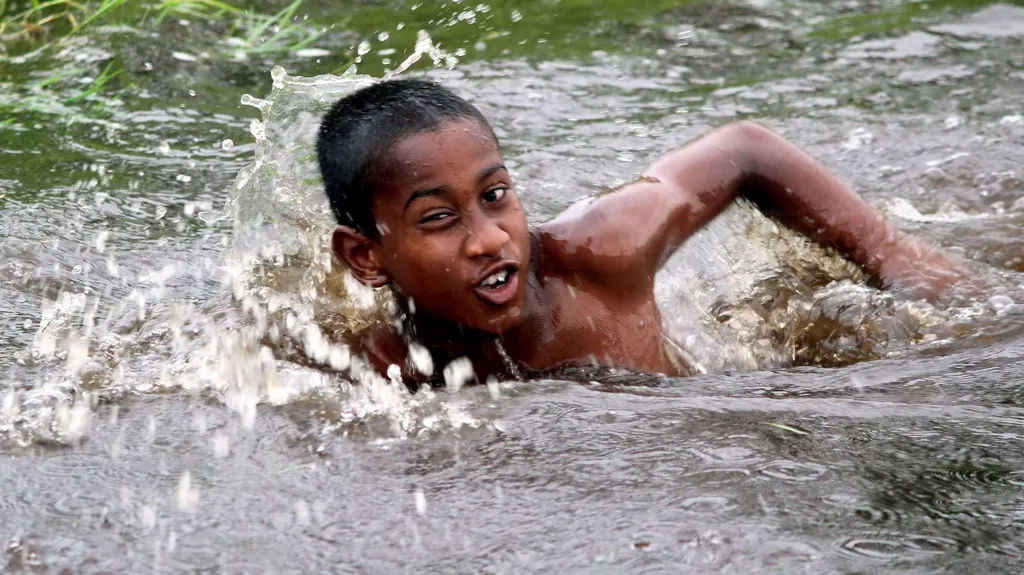In Kerala, India, a rare but deadly disease caused by the brain-eating amoeba Naegleria fowleri has claimed 19 lives so far this year, even as doctors report improved survival thanks to aggressive testing and early treatment. Nearly 70 cases have been confirmed in 2025 — the highest on record for the state — with patients ranging from infants to seniors.
The latest victim, 45-year-old Sobhana from Malappuram, died on the main day of the Onam festival after her condition rapidly deteriorated from dizziness and fever to fatal primary amoebic meningoencephalitis (PAM). The amoeba, which lives in warm freshwater, enters the body through the nose while swimming or bathing and destroys brain tissue, often proving fatal within days.
Kerala first began detecting cases in 2016, usually just one or two annually, but numbers have risen sharply due to improved lab capacity. Doctors now use customised drug cocktails combining antimicrobials and steroids that have brought the fatality rate down to about 24% this year — a significant improvement over near 100% mortality seen in early outbreaks.
Authorities are responding with mass chlorination campaigns — treating over 2.7 million wells in August alone — and enforcing regular cleaning of swimming pools and water tanks. Warning signs have been placed near ponds, and residents are being urged to keep children away from untreated water, use clean water for nasal rinsing, and wear nose plugs when swimming.
Experts warn that Kerala’s dependence on wells and ponds, combined with climate change and rising temperatures, could make such infections more common. “Even a 1°C rise can trigger its spread in Kerala’s tropical climate,” says epidemiologist Prof. Anish TS, adding that polluted water provides an ideal breeding ground for the amoeba.
Scientists caution that despite Kerala’s improved detection and treatment efforts, drug regimens remain suboptimal and new cases may still go unrecognized elsewhere. The state’s approach — aggressive testing, public awareness, and early treatment — could become a model for other regions as climate change potentially expands the amoeba’s global reach.

